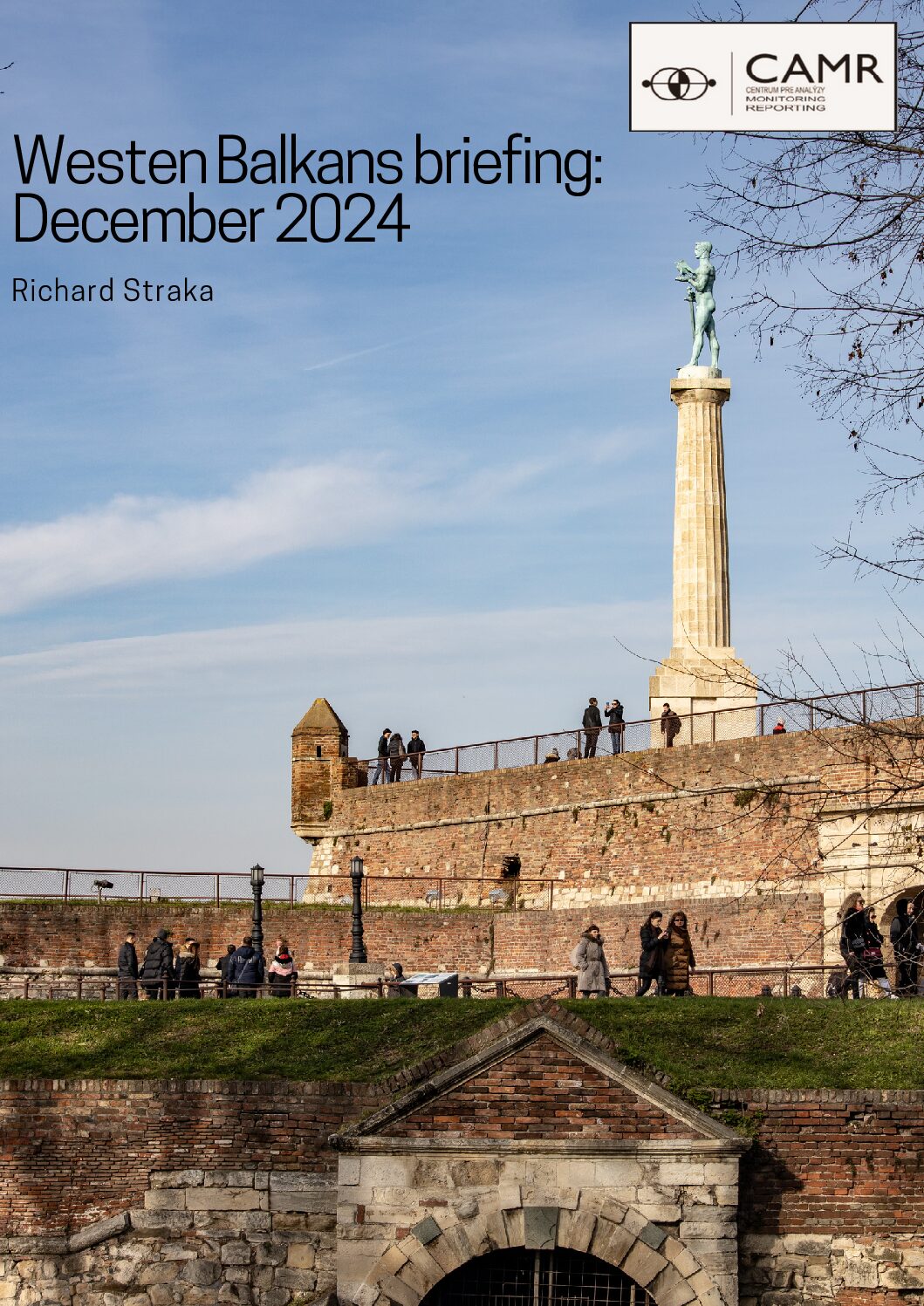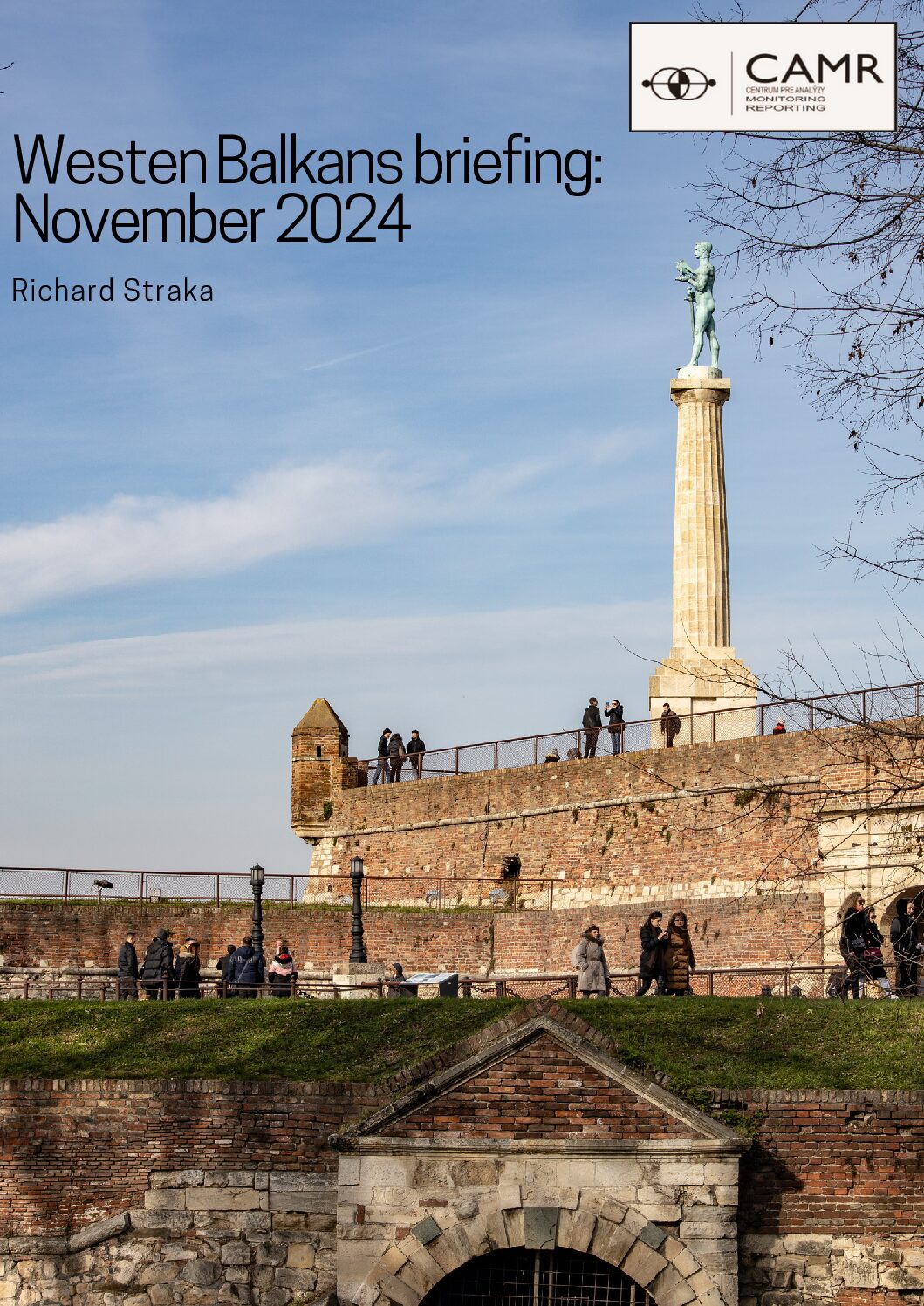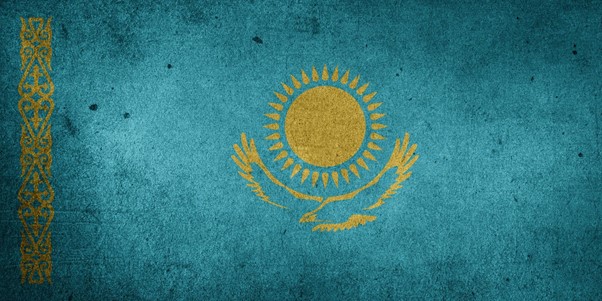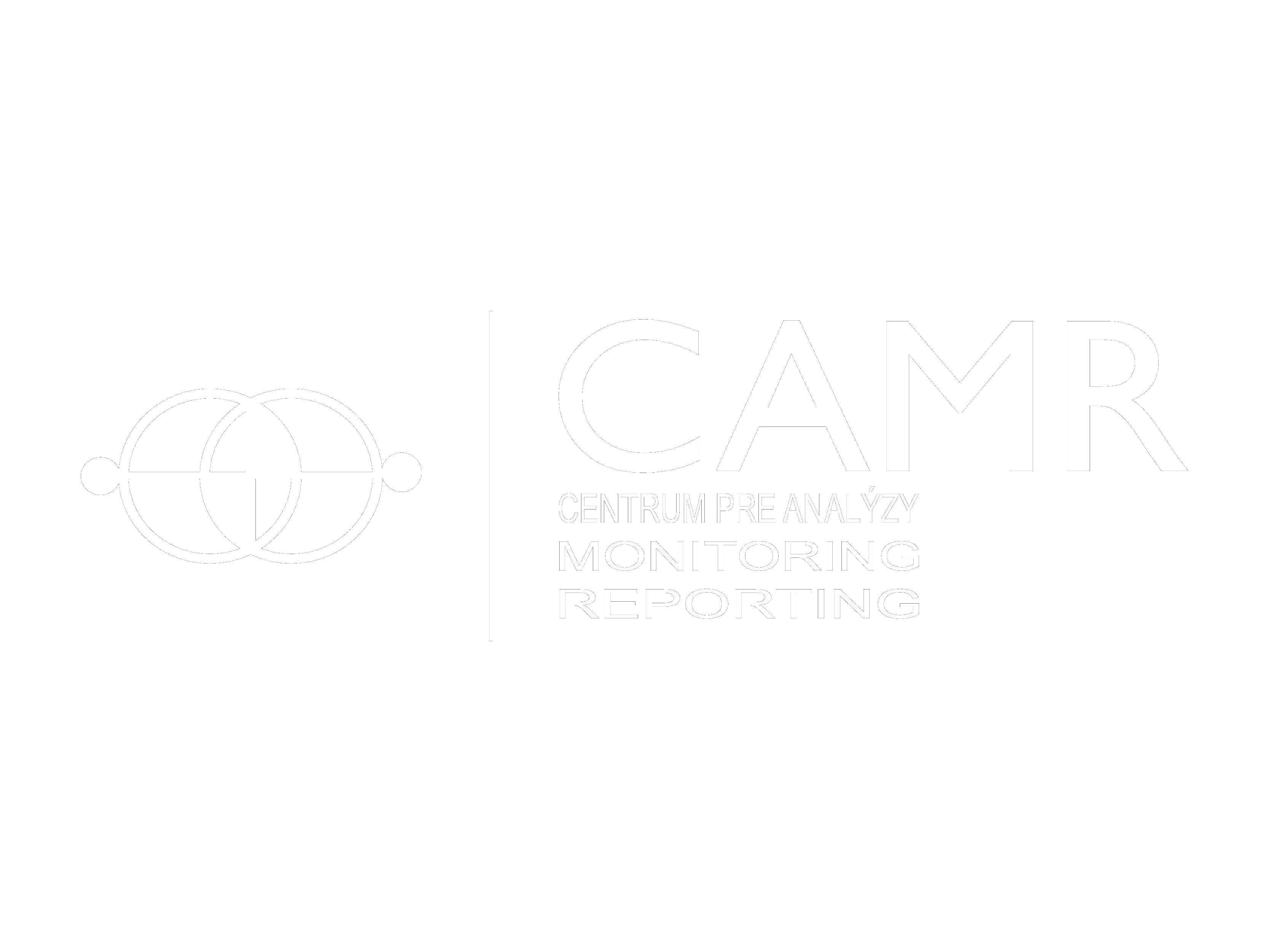The beginning of 2022 brought bloodshed to the streets of Almaty in Kazakhstan – hundreds of dead, thousands of detained, foreign military intervention, tightening of political grip and the fall of the former ruling clan of Nazarbayev’s. There are still a lot of open questions, but after one month there are already important changes and events that will shape the future of the country in coming years, maybe decades.
Recapitulation of protests
Protests across the country began on 2nd January when the prices of liquefied gas (LPG) experienced a sudden sharp increase. The protests began peacefully in the city of Zhanaozen, but they quickly spread to other cities in the country. When protesters took into the streets of Almaty on 4th January, the situation changed from peaceful protest to clashes with security forces and looting very quickly. That same day, president Kassym-Jomart Tokayev signed a decree of a state of emergency in the former capital.
In a period of 2 days demands over prices of gas changed into political ones, but a violent protest in Almaty was mercilessly crushed by security forces. The situation in the biggest Kazakh city led to the disbanding of protests in other cities in fear of the same bloodshed. The big role was also played by an intervention of the Russian Federation and its allies from the Collective Security Treaty Organization (CSTO), invited by the Kazakh government to protect critical infrastructure. The death toll is 225 killed during the unrest, a number claimed by Kazakh officials. The real numbers will probably remain unknown.
CSTO intervention
Intervention in Kazakhstan was the first major action taken by this post-soviet security organization led by the Russian Federation. According to the first reports, there were supposed to be deployed more than 3 000 Russians, around 500 Belarussians and hundreds of soldiers from other member states. In the end, the final number was around 2 500 soldiers in total from all the member states.
What is more important than a number of deployed units, in this case, is a message coming from it. CSTO did not react for almost 30 years of its existence. There were a few cases, when it could intervene, such as unrest in Kyrgyzstan in the first decade of the 21st century, a border conflict between Kyrgyzstan and Tajikistan or the Nagorno-Karabakh war in 2020.
What were the turning point and justification for CSTO intervention then? According to article 4 of the CSTO treaty: “If one of the Member States undergoes aggression, it will be considered by the Member States as aggression to all the Member States of this Treaty. In case of aggression commission to any of the Member States, all the other Member States at request of this Member State shall immediately provide the latter with the necessary help, including military one”. President Tokayev started to use the narrative of terrorists and foreign bandit groups as a pretext to legitimate the request of CSTO deployment. Vladimir Putin supported this narrative and agreed on CSTO deployment, where the Russian army was swiftly dispatched to the country.
Fall of Nazarbayev clan?
Another political story was going on behind the veil of news covering the violence and unrest. Former president Nursultan Nazarbayev, who ruled Kazakhstan for almost 30 years, lost his position as Chairman of the Security Council of Kazakhstan, which was supposed to be his lifetime position after he resigned from the presidential position in 2019. His resignation was a result of anti-government protests between 2018-2020. During the latest unrest in January, his statues were torn down. This was a rare and almost shocking sight as something like this has not happened before. His position now belongs to Tokayev.
Moreover, Nazarbayev also stepped down from the position of head of Kazakhstan’s ruling party, Nur-Otan. He was replaced by no one else, but Tokayev. Furthermore, his three sons-in-law have resigned from their heading posts of Kazakhstan’s oil and gas industry. What’s more, his former ally, the head of the National Security Committee (KNB) Karim Massimov, is facing treason charges.
Tokayev in the coming days after unrest expressed some public remarks towards Nazarbayev: “Thanks to the first president… a group of very profitable companies has appeared in the country, as has a group of people who are rich, even by international standards,” or: “Let us pay tribute to the historical merits of the first president, highlight his undoubted successes… and leave possible miscalculations as a warning to the future leaders of our country”.
Narrative of elite conflict in Kazakhstan was confronted by Nazarbayev himself when he appeared in a video statement, where he declared support to Tokayev and dismissed the possibility of internal political conflict.
Temporary conclusion
To sum it up, we saw a tightening of the political grip by president Tokayev, the first and swift military action of the CSTO, and the fall of the Nazarbayev clan. For Kazakhstan and the region, it brings a lot of possible directions for the coming years or decades.
The reaction of CSTO confirmed the military dominance of the Russian Federation over the region of Central Asia. Deployment of forces can be seen as a message to all the member states, that in case of internal unrest, Moscow can decide to preserve the regime even with power and force, as did in Kazakhstan.
Without making any predictions, the future of Kazakhstan now depends on one thing – how president Tokayev will handle his accumulated power. Will there be new elections, where the opposition will participate freely, or will he turn into the next Nazarbayev and rule as an autocratic leader? For now, he has all the power to choose either of the options. The former president lost all his positions and political power, there is nobody left as a political obstacle.
Author: Richard Straka
Picture source: https://pixabay.com/images/id-1184097/


















